The Renault Arkana and Renault Austral are two SUVs that exemplify the evolution of automotive design and technology under the Renault brand. Each model brings its unique strengths to the table, catering to different preferences and needs in the increasingly competitive SUV market. This article explores a side-by-side comparison of these two innovative vehicles, focusing on their technical specifications and standout features.
Renault Arkana vs Renault Austral – Differences & prices compared
Everyday use, family trips or long-distance drives – here’s where the differences show.
Discover whether Renault Arkana or Renault Austral fits your lifestyle better.
Design and Dimensions: A Love for Modern Aesthetics
Both the Arkana and Austral boast modern and sleek designs that appeal to a broad audience. The Arkana measures 4568 mm in length, 1821 mm in width, and 1576 mm in height, making it slightly larger than the Austral, which has dimensions of 4510 mm in length, 1825 mm in width, and a height of 1618 mm. This difference in size may impact interior spaciousness and road presence, though both vehicles are designed to convey a sporty yet sophisticated look.
Engine Specifications and Performance
Engine options for the Arkana include a range of choices: a full hybrid producing up to 143 HP, a petrol MHEV variant with outputs of 140 to 158 HP, and a torque range of 205 to 270 Nm. The model exhibits impressive fuel efficiency, with consumption figures as low as 4.7 L/100 km, and offers an acceleration from 0-100 km/h in as little as 9.1 seconds.
On the other hand, the Austral offers robust engine alternatives, notably a petrol MHEV and a full hybrid engine. With power ratings reaching up to 200 HP and similar torque levels at 270 Nm, the Austral also competes favorably in performance. It excels in fuel economy as well, providing consumption figures as low as 4.7 L/100 km and the ability to reach 100 km/h in just 8.4 seconds.
Transmission and Drivetrain: Smooth and Efficient
Both models come with automatic transmissions, although the Arkana also includes a dual-clutch option, ensuring smooth gear shifts. The Austral features a continuously variable transmission (CVT) in its engine lineup, further emphasizing the focus on efficiency and comfort. Both SUVs are front-wheel drive, catering to urban drivers who prioritize maneuverability in city conditions.
Interior Comfort and Capacity
Interior design in both the Arkana and Austral focuses on driver convenience and passenger comfort. Both vehicles have a seating capacity of five and feature modern infotainment systems equipped with the latest technology. The Arkana’s trunk capacity ranges from 480 to 513 liters, while the Austral offers 500 to 430 liters of boot space depending on the configuration. This slight advantage in trunk space might appeal more to families or those with more cargo needs.
Fuel Efficiency and Eco-friendliness
When it comes to eco-friendliness, both models exhibit impressive CO2 emissions figures. The Arkana’s emissions range from 106 to 135 g/km, while the Austral has a range from 105 to 139 g/km, placing them in competitive CO2 efficiency classes. The hybrid options in both vehicles represent a shift towards more sustainable driving, allowing eco-conscious consumers to minimize their environmental impact.
Final Thoughts: Which SUV Stands Out?
The Renault Arkana and Renault Austral offer distinct advantages, making the choice between the two largely dependent on individual preferences. The Arkana shines with slightly more trunk space and a broader range of engine choices, while the Austral impresses with its powerful engine options and greater acceleration capabilities. Ultimately, potential buyers will need to weigh these factors alongside personal taste in aesthetics and desired driving experience.
In conclusion, both the Renault Arkana and Austral exemplify Renault’s commitment to innovation, efficiency, and modern design, making them formidable contenders in today’s SUV landscape. Whether you are drawn to the Arkana’s sporty elegance or the Austral’s robust performance, both models present exciting opportunities for drivers seeking a dynamic and stylish ride.
Here’s where it gets real: The technical differences in detail
Costs and Efficiency:
When it comes to price and running costs, the biggest differences usually appear. This is often where you see which car fits your budget better in the long run.
Renault Arkana has a slight advantage in terms of price – it starts at 28500 £, while the Renault Austral costs 29700 £. That’s a price difference of around 1285 £.
Fuel consumption also shows a difference: Renault Arkana manages with 4.70 L and is therefore hardly perceptible more efficient than the Renault Austral with 4.80 L. The difference is about 0.10 L per 100 km.
Engine and Performance:
Under the bonnet, it becomes clear which model is tuned for sportiness and which one takes the lead when you hit the accelerator.
When it comes to engine power, the Renault Austral has a evident edge – offering 200 HP compared to 143 HP. That’s roughly 57 HP more horsepower.
In acceleration from 0 to 100 km/h, the Renault Austral is noticeable quicker – completing the sprint in 8.40 s, while the Renault Arkana takes 10.80 s. That’s about 2.40 s faster.
In terms of top speed, the Renault Austral performs hardly perceptible better – reaching 180 km/h, while the Renault Arkana tops out at 172 km/h. The difference is around 8 km/h.
There’s also a difference in torque: Renault Austral pulls clearly perceptible stronger with 270 Nm compared to 205 Nm. That’s about 65 Nm difference.
Space and Everyday Use:
Beyond pure performance, interior space and usability matter most in daily life. This is where you see which car is more practical and versatile.
Both vehicles offer seating for 5 people.
In curb weight, Renault Arkana is minimal lighter – 1510 kg compared to 1539 kg. The difference is around 29 kg.
In terms of boot space, the Renault Austral offers a bit more room – 555 L compared to 480 L. That’s a difference of about 75 L.
In maximum load capacity, the Renault Austral performs evident better – up to 1761 L, which is about 498 L more than the Renault Arkana.
When it comes to payload, Renault Austral minimal takes the win – 477 kg compared to 451 kg. That’s a difference of about 26 kg.
Who wins the race?
The Renault Austral proves to be is largely superior and therefore becomes our DriveDuel Champion!
Renault Austral is the better all-rounder in this comparison.
 @ Renault Group Media
@ Renault Group Media
Renault Austral
Renault Arkana
The Arkana stands out with its striking coupe-SUV design, blending sporty aesthetics with practicality. Its bold silhouette and high ride height offer a unique presence on the road, attracting attention wherever it goes. Inside, the Arkana combines modern technology with comfort, making it a versatile choice for both city driving and weekend getaways.
details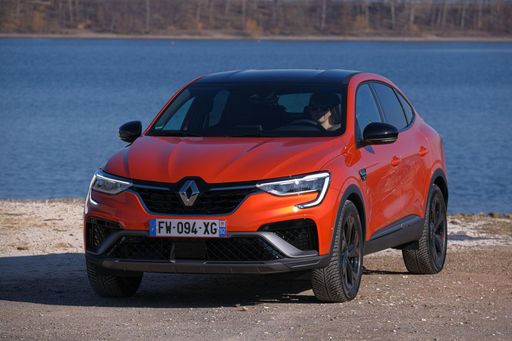 @ Renault Group Media
@ Renault Group Media
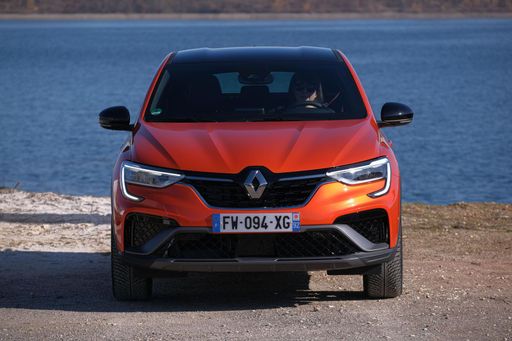 @ Renault Group Media
@ Renault Group Media
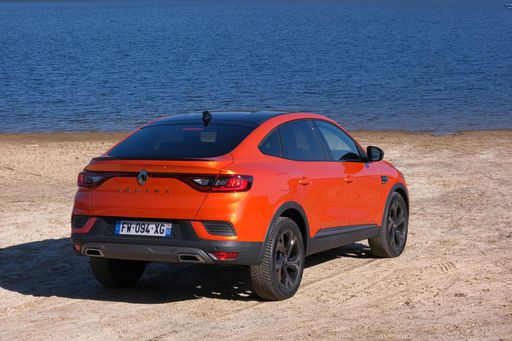 @ Renault Group Media
@ Renault Group Media
 @ Renault Group Media
@ Renault Group Media
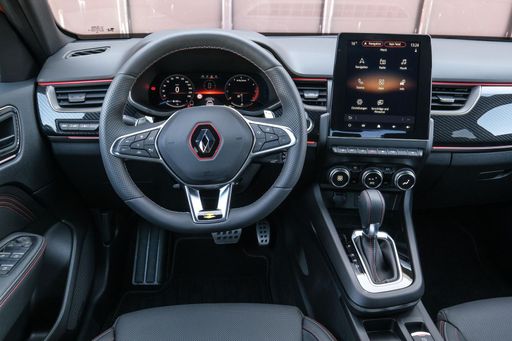 @ Renault Group Media
@ Renault Group Media
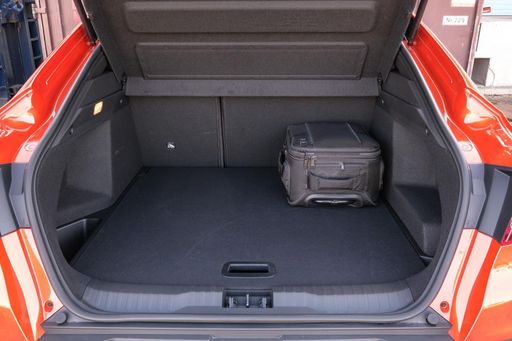 @ Renault Group Media
@ Renault Group Media
Renault Austral
The Renault Austral dresses the family SUV in elegant modern looks and a surprisingly grown-up cabin that feels thoughtful and livable. It balances comfort and clever technology with a relaxed road presence—an appealing choice for buyers who want style and everyday sense without fuss.
details @ Renault Group Media
@ Renault Group Media
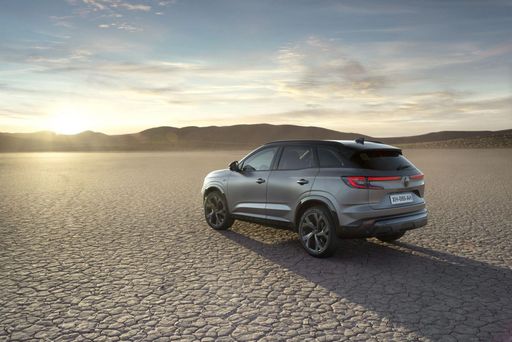 @ Renault Group Media
@ Renault Group Media
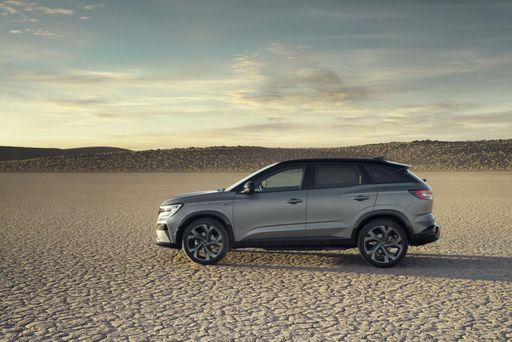 @ Renault Group Media
@ Renault Group Media
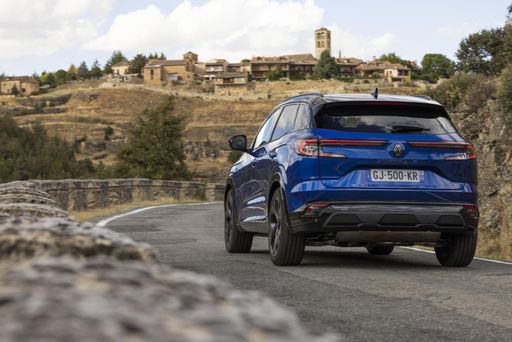 @ Renault Group Media
@ Renault Group Media
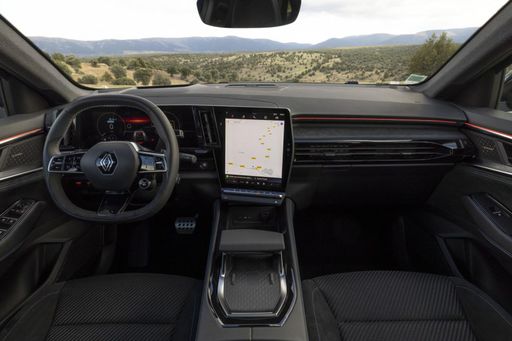 @ Renault Group Media
@ Renault Group Media
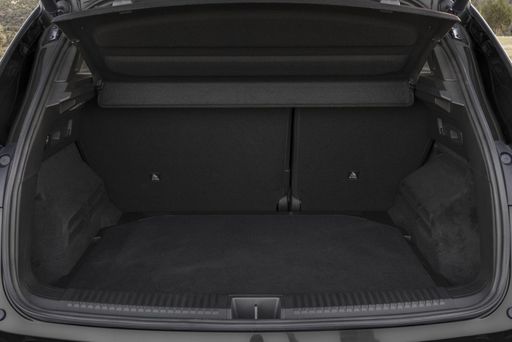 @ Renault Group Media
@ Renault Group Media
 @ Renault Group Media
@ Renault Group Media
|
 @ Renault Group Media
@ Renault Group Media
|
|
|
|
Costs and Consumption |
|
|---|---|
|
Price
28500 - 31900 £
|
Price
29700 - 37800 £
|
|
Consumption L/100km
4.70 L
|
Consumption L/100km
4.8 - 6.5 L
|
|
Consumption kWh/100km
-
|
Consumption kWh/100km
-
|
|
Electric Range
-
|
Electric Range
-
|
|
Battery Capacity
0.60 kWh
|
Battery Capacity
-
|
|
co2
106 g/km
|
co2
109 - 148 g/km
|
|
Fuel tank capacity
50 L
|
Fuel tank capacity
55 L
|
Dimensions and Body |
|
|---|---|
|
Body Type
SUV
|
Body Type
SUV
|
|
Seats
5
|
Seats
5
|
|
Doors
5
|
Doors
5
|
|
Curb weight
1510 kg
|
Curb weight
1539 - 1613 kg
|
|
Trunk capacity
480 L
|
Trunk capacity
527 - 555 L
|
|
Length
4568 mm
|
Length
4533 mm
|
|
Width
1821 mm
|
Width
1825 mm
|
|
Height
1576 mm
|
Height
1645 mm
|
|
Max trunk capacity
1263 L
|
Max trunk capacity
1736 - 1761 L
|
|
Payload
451 kg
|
Payload
464 - 477 kg
|
Engine and Performance |
|
|---|---|
|
Engine Type
Full Hybrid
|
Engine Type
Petrol MHEV, Full Hybrid
|
|
Transmission
Automatic
|
Transmission
Automatic
|
|
Transmission Detail
Automatic Gearbox
|
Transmission Detail
CVT, Automatic Gearbox
|
|
Drive Type
Front-Wheel Drive
|
Drive Type
Front-Wheel Drive
|
|
Power HP
143 HP
|
Power HP
158 - 200 HP
|
|
Acceleration 0-100km/h
10.80 s
|
Acceleration 0-100km/h
8.4 - 9.7 s
|
|
Max Speed
172 km/h
|
Max Speed
180 km/h
|
|
Torque
205 Nm
|
Torque
270 Nm
|
|
Number of Cylinders
4
|
Number of Cylinders
3 - 4
|
|
Power kW
105 kW
|
Power kW
116 - 147 kW
|
|
Engine capacity
1598 cm3
|
Engine capacity
1199 - 1332 cm3
|
General |
|
|---|---|
|
Model Year
2025
|
Model Year
2025
|
|
CO2 Efficiency Class
C
|
CO2 Efficiency Class
E, C
|
|
Brand
Renault
|
Brand
Renault
|
What drivetrain options does the Renault Arkana have?
The Renault Arkana is offered with Front-Wheel Drive.
The prices and data displayed are estimates based on German list prices and may vary by country. This information is not legally binding.
